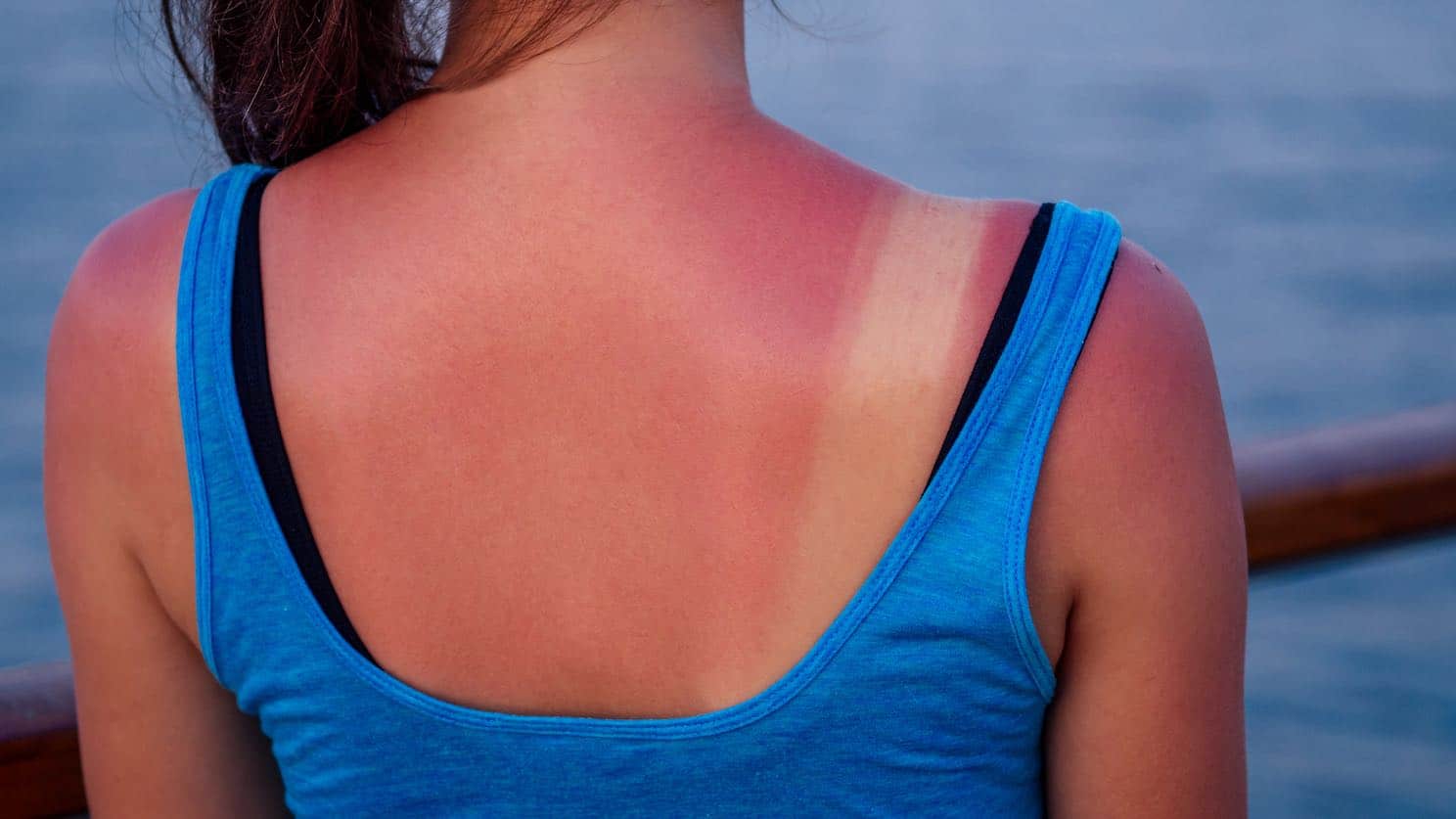What is the real cost of getting a tan? Most people believe it’s free – you go out into the sun – it makes you feel good and gives your skin a nice glow.
For too many people, a tan can cost them their lives. There is simply no such thing as a healthy tan. If you get your tan from artificial light using a tanning bed, the money and time you devote to your tan are the least of the cost.
Getting a tan puts you at risk in multiple ways. Ultraviolet radiation from the sun causes cancer.
Sun exposure facts:
- Australia has the world’s highest skin cancer rate. Skin cancers account for nearly 80 percent of all newly diagnosed cancers in the country.
- Two in three Australians are likely to be diagnosed with skin cancer before they reach the age of 70.
- If not treated in the early stages, melanoma is very often fatal.
- Non-melanoma skin cancers such as basal cell and squamous cell carcinomas are treatable, especially if they are detected early.
- Exposure to ultraviolet rays causes many adverse effects besides cancer, including premature skin aging, wrinkling, sunstroke, eye damage, including cataracts, and weakening of the immune system.
- Exposure to UV rays causes sunburn and reddening of the skin. Sunburn is associated with melanoma. On a typical summer weekend in Australia around 14 percent of adults, 24 percent of teenagers and 8 percent of children suffer from sunburn, often while taking part in water sports, gardening or having a barbeque.
- Sunburn doesn’t only happen on sunny days. You can get badly burnt on cool or overcast days because UV radiation burns right through clouds.
- Even using sunscreen, you have to limit your exposure to the sun. Sunscreen does not provide 100 percent protection. It gives even less protection if you use too little, use the wrong kind, don’t apply it often enough, or apply it incorrectly.
Here are some facts about the immense risks posed by tanning beds:
- Tanning beds increase the risk of getting melanoma, the deadliest of cancers, by about 75 percent.
- The use of tanning beds before the age of 34 has been found to double the risk of melanoma.
- People who use tanning beds are 2.5 times more likely to get squamous cell carcinoma, and 1.5 times more likely to get basal cell carcinoma than people who do not use tanning beds.
- The radiation emitted by tanning beds can have three to five times the intensity of the midday summer sun.
- Excessive exposure to UV rays damages the retina, making special protective eyewear essential. Studies show that, over time, UV rays can burn the cornea and change the structure of the lens, leading to clouding and cataract formation. Untreated cataracts can cause blindness.
- Closing the eyes, covering them with a towel or wearing ordinary sunglasses, does not protect your eyes from tanning bed radiation.
- Skins frequently exposed to tanning booth rays become extra vulnerable to ordinary sunlight exposure. UV rays thin the skin, making it less able to recover from skin damage.
- UV rays prematurely age the skin, causing wrinkles and dark spots. UV damaged skin loses its youthful suppleness and becomes dry and leathery, especially in middle age.
- Artificial tanning can make scars darker and more prominent. It does not dry up acne, but can actually make it worse.
- A tan can make cellulite less noticeable, but prolonged exposure to UV rays makes cellulite worse.
- Wearing sunscreens may provide some level of protection in a tanning booth, but even a sunscreen with high Sun Protection Factor (SPF) cannot protect you completely against UV radiation and its adverse effects.
- Cosmetics, soaps, birth control pills and some prescription drugs can accelerate skin burns or lead to adverse skin reactions when exposed to UV rays from the sun or in a tanning booth.
Despite awareness campaigns and frequent warnings from the Cancer Council, some Australians, especially the young, persist in thinking a suntan is healthy. Once you know the facts, it is obvious that the price of a “glow” is too high, and a “healthy glow” is a delusion.
